1. Mixed-Use Developments
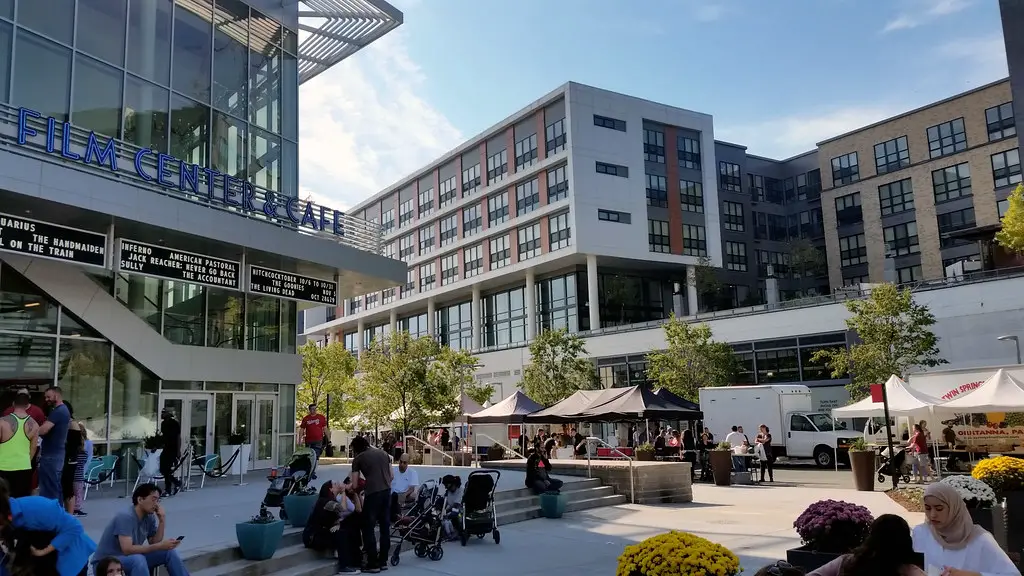
Mixed-use developments are reshaping downtowns by combining residential, commercial, and recreational spaces into cohesive neighborhoods. These spaces promote convenience and community by allowing residents to live, work, and play in one location. Cities like New York are already adopting this trend, blending urban vibrancy with accessibility.
The appeal lies in their efficiency and sustainability. Mixed-use developments reduce commute times and promote walkability, catering to modern urban dwellers who prioritize lifestyle integration. As cities grow, this model will be essential for fostering dynamic and connected urban hubs.
2. Smart City Integration
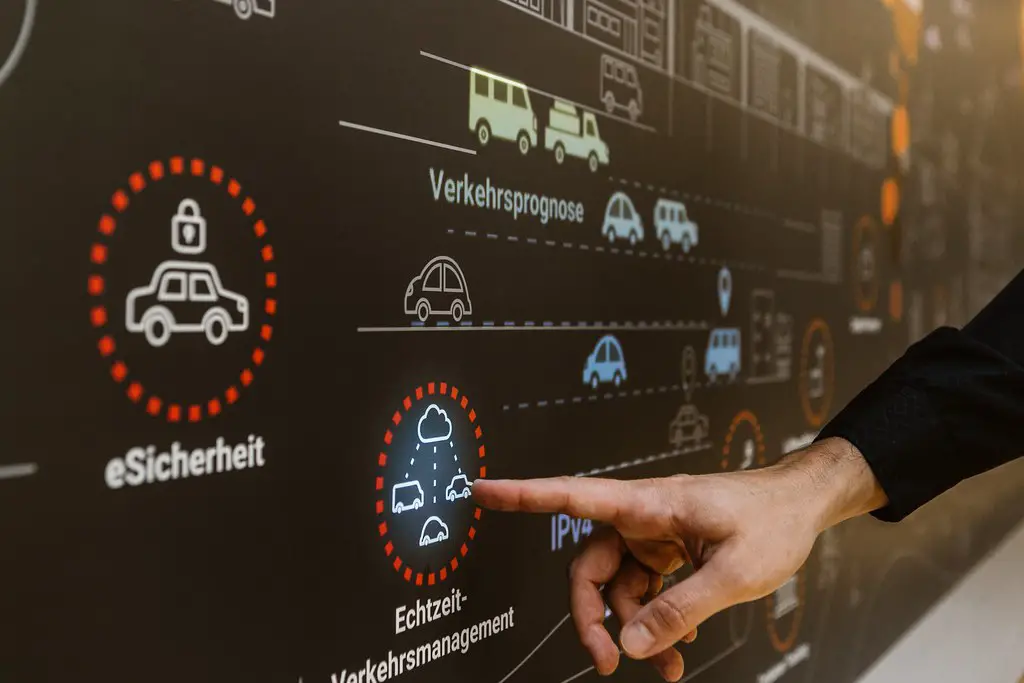
Downtowns are becoming smarter with AI-powered systems managing traffic, utilities, and public safety. Innovations like Barcelona’s smart infrastructure demonstrate how technology can enhance urban living. Connected streetlights, real-time transit updates, and waste management systems create efficient, sustainable environments.
Smart cities cater to residents’ needs through data-driven solutions, improving daily life while reducing resource consumption. As technology advances, urban areas will rely more on these systems to maintain functionality and appeal, setting a new standard for downtown living.
3. Micro-Units and Co-Living Spaces
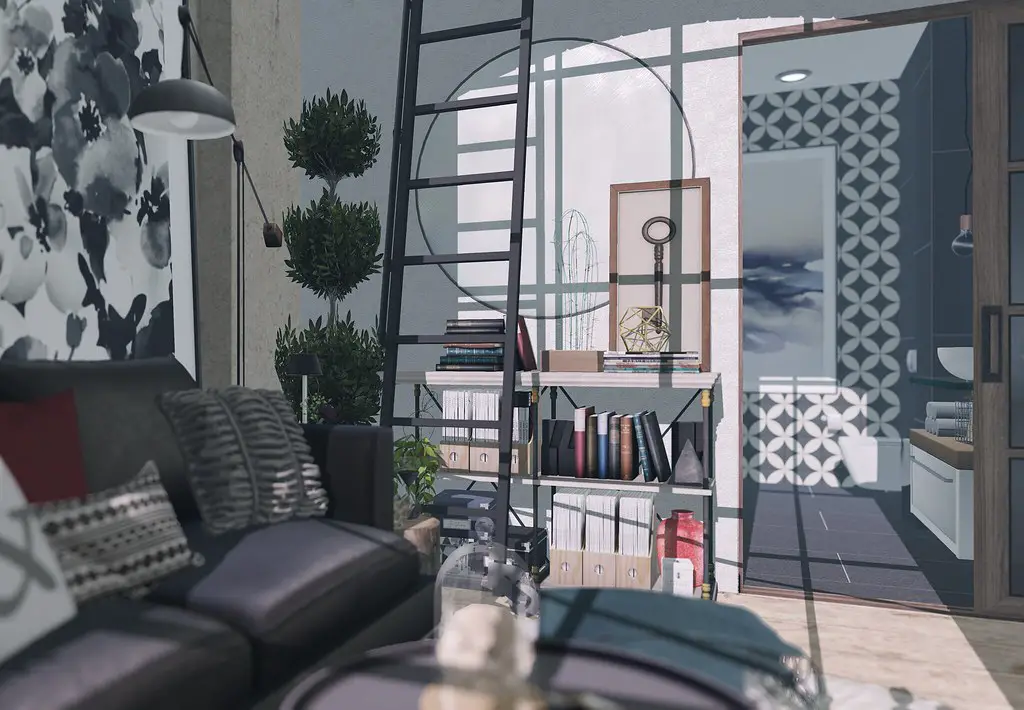
With rising urban density, micro-units and co-living spaces offer affordable, efficient solutions. Compact apartments equipped with multifunctional furniture and shared amenities maximize space without sacrificing comfort. Cities like Tokyo are leading this trend, making urban living accessible to diverse demographics.
These living arrangements foster community through shared spaces like kitchens, lounges, and coworking areas. For young professionals and students, they provide a cost-effective way to enjoy city life while encouraging collaboration and social interaction.
4. Eco-Friendly Public Transit
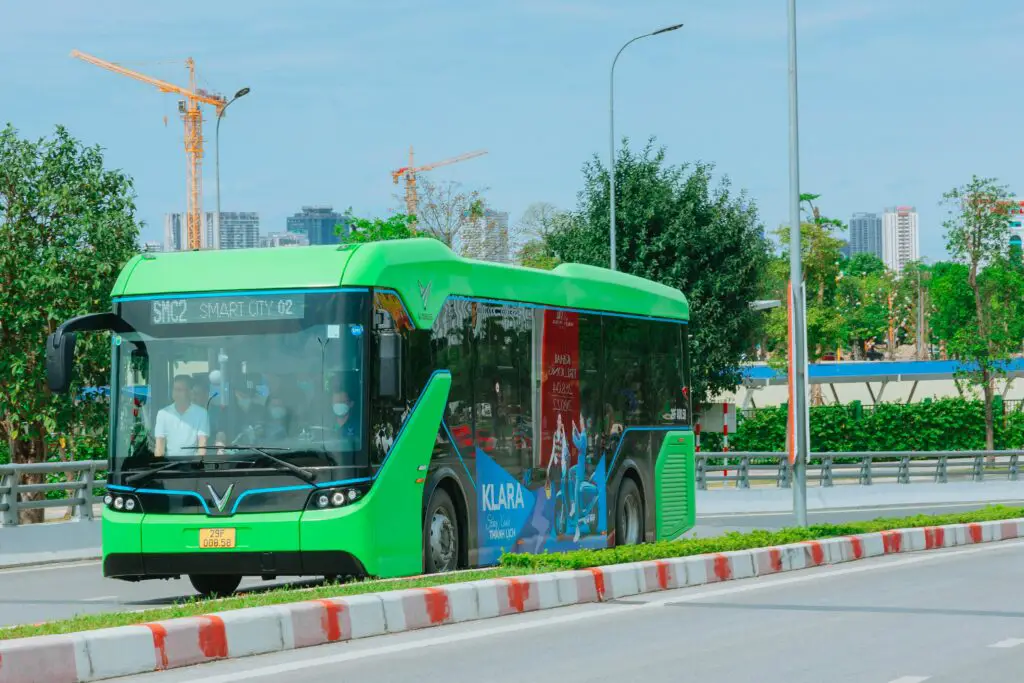
Sustainable transportation is a cornerstone of modern urban design. Cities like Copenhagen lead the charge with bike-friendly infrastructure, electric buses, and car-free zones. These initiatives aim to reduce emissions and encourage greener commutes.
Efficient public transit attracts residents who value accessibility and environmental responsibility. By investing in green mobility, cities redefine their downtowns as eco-conscious and commuter-friendly, appealing to a growing demographic of environmentally aware urbanites.
5. Vertical Green Spaces
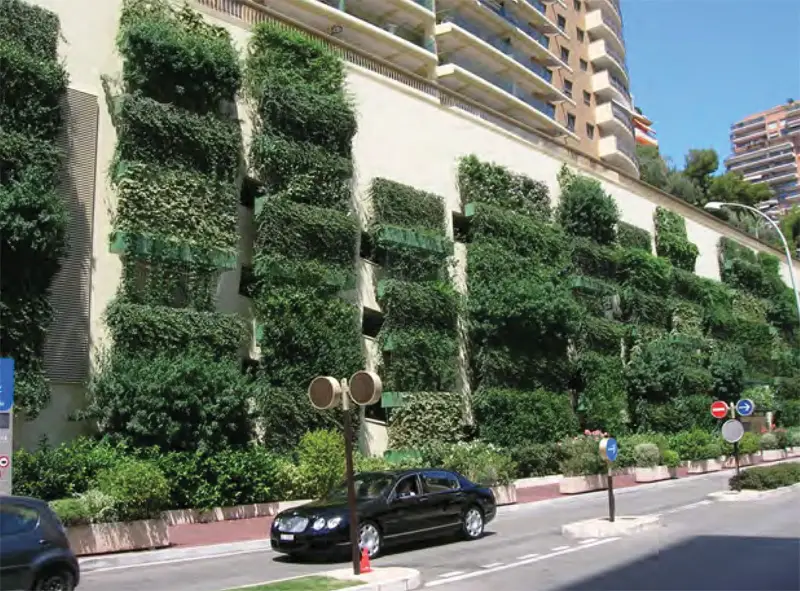
As land becomes scarce, vertical gardens and rooftop parks bring greenery to urban areas. Innovations like Singapore’s Supertree Grove showcase how cities can integrate nature into their skylines. These spaces improve air quality, reduce heat, and provide aesthetic value.
Green architecture addresses environmental challenges while enhancing residents’ quality of life. By incorporating nature into dense urban environments, downtowns can balance development with ecological preservation, creating healthier cities for future generations.
6. Live-Work Communities
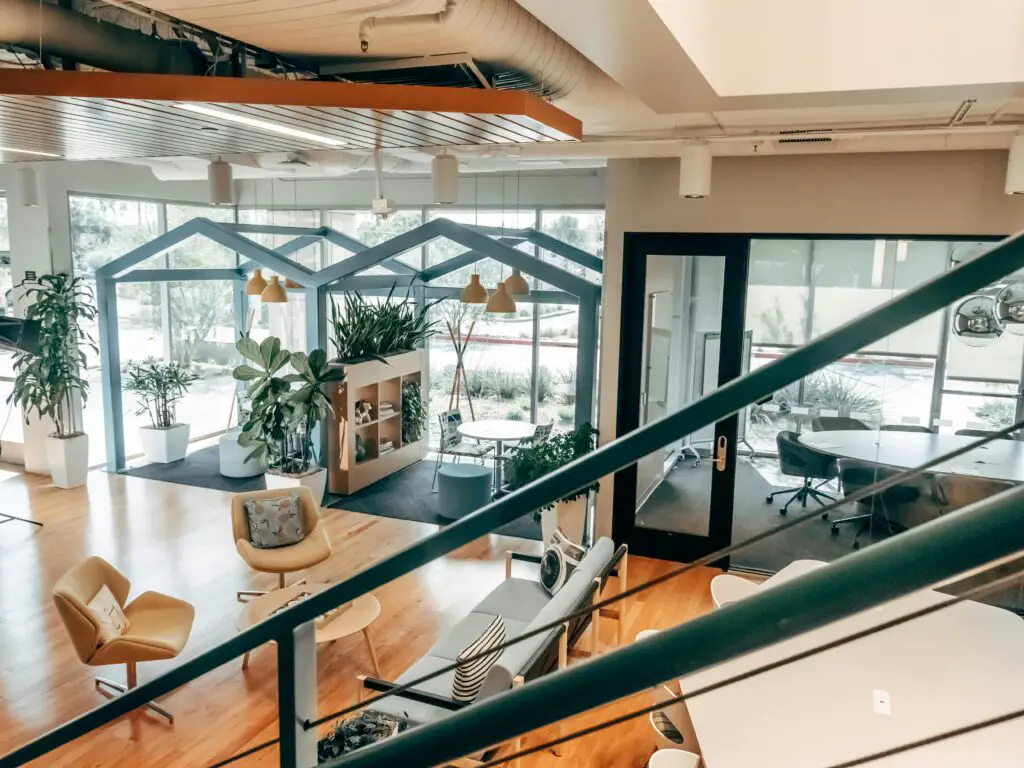
Live-work communities combine residential and office spaces, fostering a seamless blend of professional and personal life. Developments like Hudson Yards in NYC are redefining how people interact with their surroundings by prioritizing convenience and functionality.
These communities cater to remote workers and entrepreneurs, reducing commute times and encouraging collaboration. As flexible work becomes the norm, live-work models will continue to transform urban landscapes, creating dynamic spaces for productivity and leisure.
7. Urban Agriculture
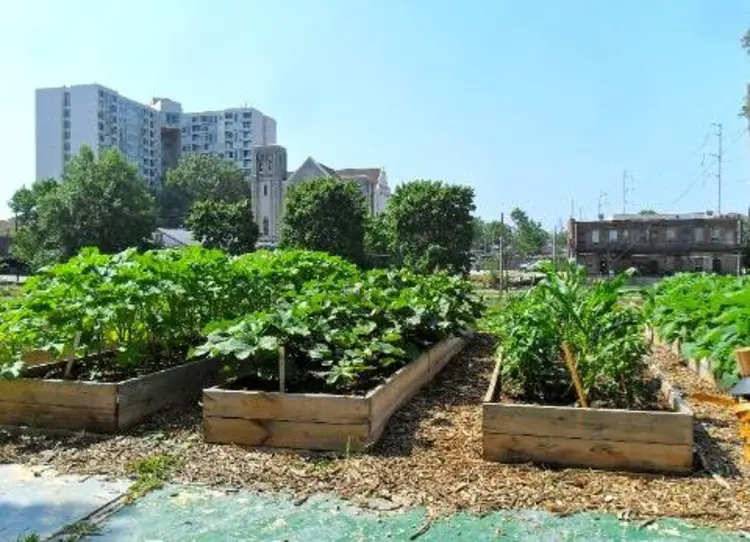
Downtowns are integrating urban farms and community gardens to promote local food production. Projects like Brooklyn Grange demonstrate the potential for rooftop farming to supply fresh produce while enhancing urban sustainability.
Urban agriculture connects residents with their food sources, fostering a sense of community and environmental responsibility. These green initiatives reduce food miles and improve access to healthy options, aligning with the growing demand for sustainable living in urban areas.
8. Cultural and Art Hubs
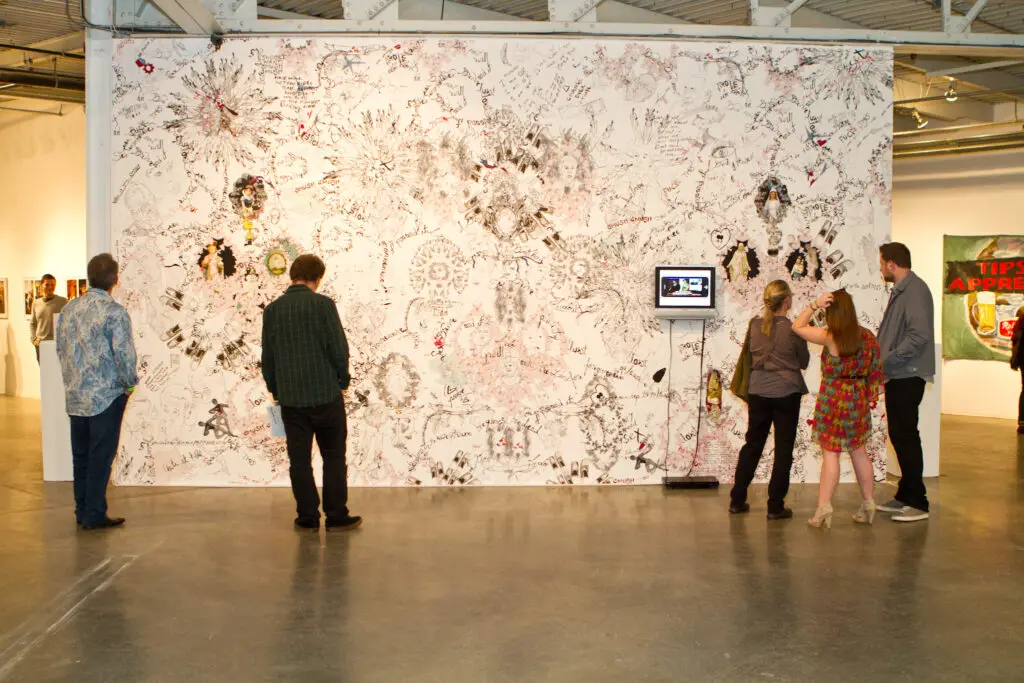
Cultural districts are revitalizing downtown areas, offering spaces for art, music, and performance. Cities like Austin, Texas are transforming neighborhoods into vibrant hubs that celebrate creativity. These areas attract tourists and residents, boosting economic activity.
By investing in cultural infrastructure, cities enhance their appeal and foster a sense of identity. Art and culture serve as catalysts for community engagement, making downtowns dynamic and inclusive places to live and visit.
9. Car-Free Zones
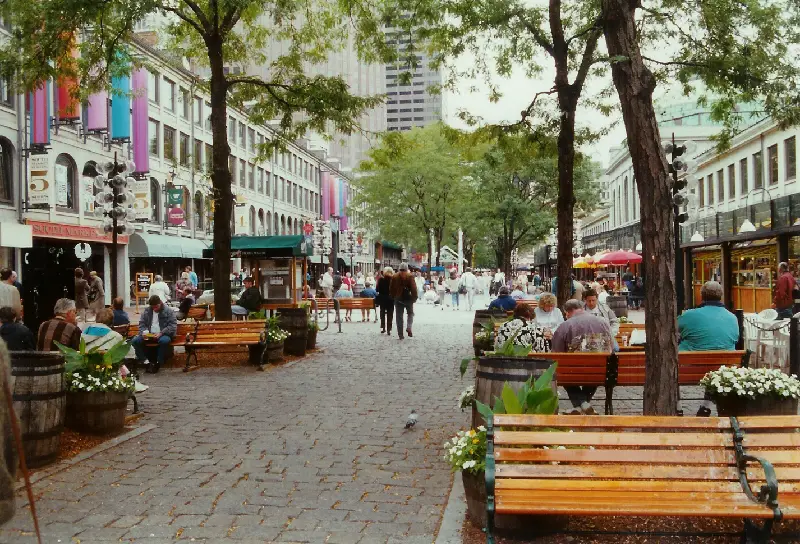
Car-free zones are reshaping how people experience urban areas. Initiatives like Barcelona’s Superblocks prioritize pedestrians and cyclists, creating quieter, cleaner, and safer neighborhoods. These zones encourage walking, reduce pollution, and enhance public spaces.
This shift towards pedestrian-friendly design reflects a growing desire for healthier, more sustainable cities. By limiting car access, downtowns can transform into people-centric environments that prioritize community and connectivity.
10. Adaptive Reuse Projects
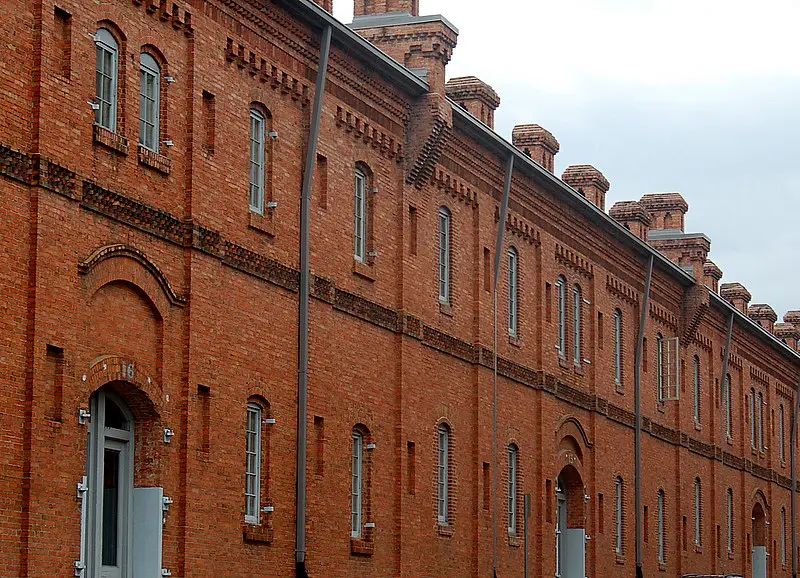
Repurposing old buildings into new spaces is gaining traction in urban planning. Examples like The High Line in NYC show how underutilized structures can become thriving public areas. Adaptive reuse preserves architectural history while addressing modern needs.
These projects save resources and add unique character to downtowns. By blending old and new, cities can create vibrant spaces that honor their past while embracing the future, appealing to residents and visitors alike.
11. Resilient Urban Design
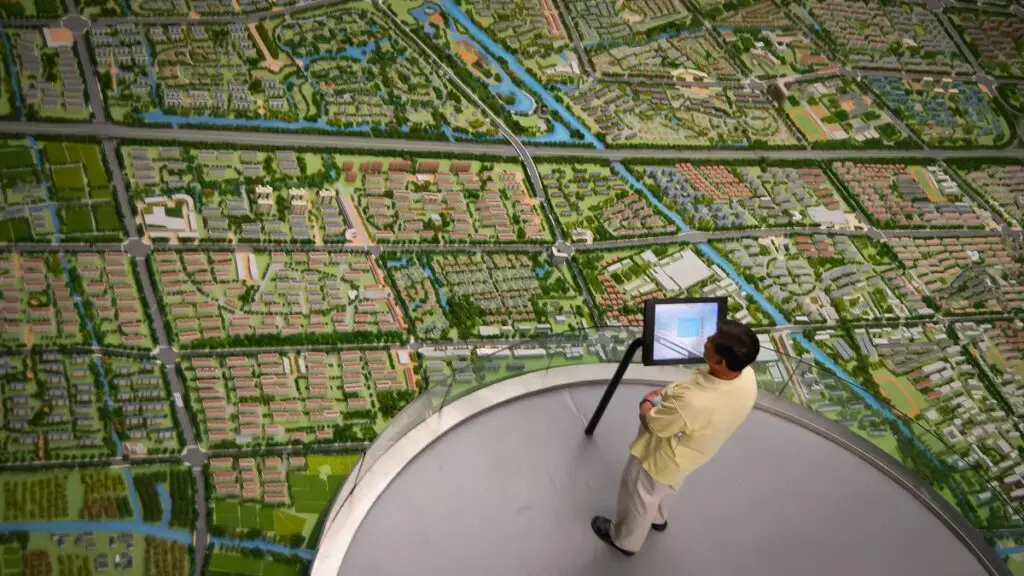
Climate-resilient infrastructure is becoming essential in downtown planning. Cities like Rotterdam are integrating flood-resistant designs, green roofs, and permeable pavements to combat extreme weather. These measures ensure urban areas remain functional and safe.
Resilient design protects both residents and investments, making downtowns more attractive and secure. By prioritizing sustainability and preparedness, cities can future-proof their urban cores against environmental challenges.
12. Health-Focused Urban Design
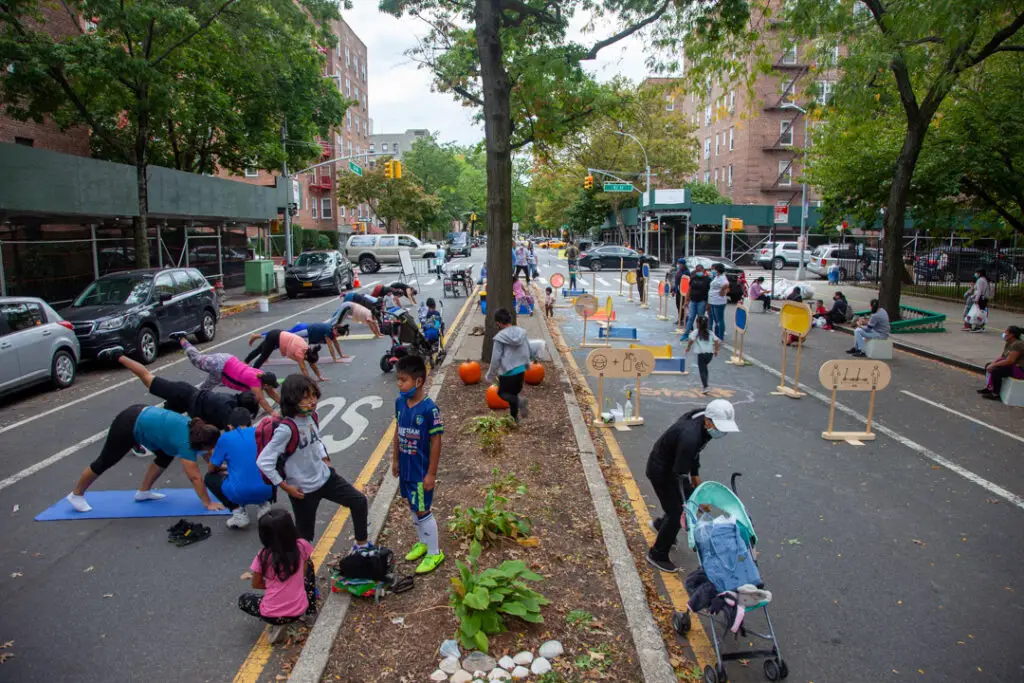
Downtowns are prioritizing health with bike lanes, open spaces, and air quality monitoring. Initiatives like The 15-Minute City concept emphasize accessibility to essentials within a short walk or bike ride. These designs encourage active lifestyles and reduce reliance on cars.
Health-focused urban planning addresses growing concerns about wellness and environmental impact. By creating spaces that support physical and mental health, cities make downtowns more livable and appealing.
13. High-Tech Public Spaces
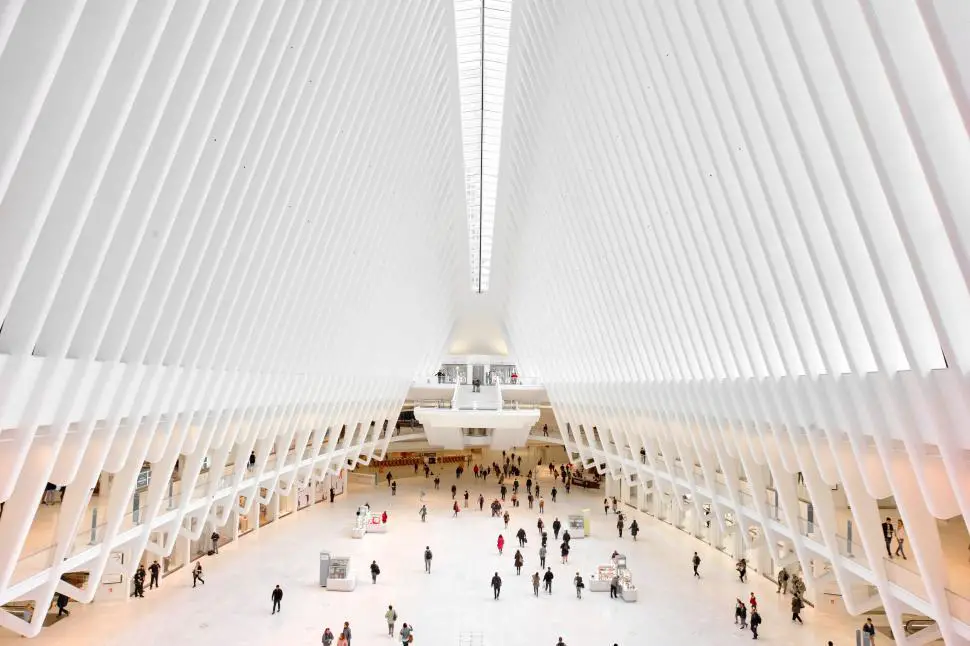
Public spaces are evolving with technology, offering features like free Wi-Fi, digital kiosks, and interactive art installations. Projects like Sidewalk Labs in Toronto showcase how innovation can enhance urban experiences. These spaces attract visitors and foster community engagement.
High-tech public areas reflect the modern urban lifestyle, where connectivity and interaction are paramount. By investing in smart infrastructure, cities redefine public spaces as hubs of activity and innovation.
14. Inclusive Urban Planning
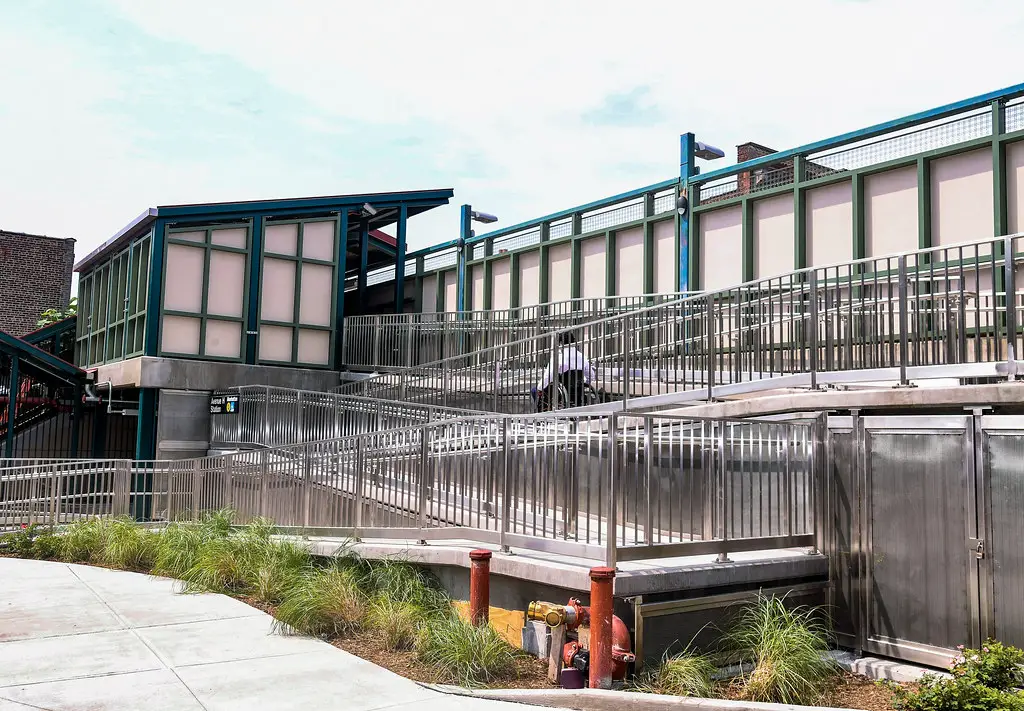
Inclusive design ensures downtowns cater to all demographics, including the elderly, disabled, and low-income residents. Cities like Vienna lead with policies that prioritize accessibility and affordability. These initiatives create diverse, equitable neighborhoods.
Inclusive urban planning strengthens community ties and ensures no one is left behind. By focusing on equity, cities create vibrant, harmonious downtowns that welcome everyone, setting a benchmark for future urban development.
